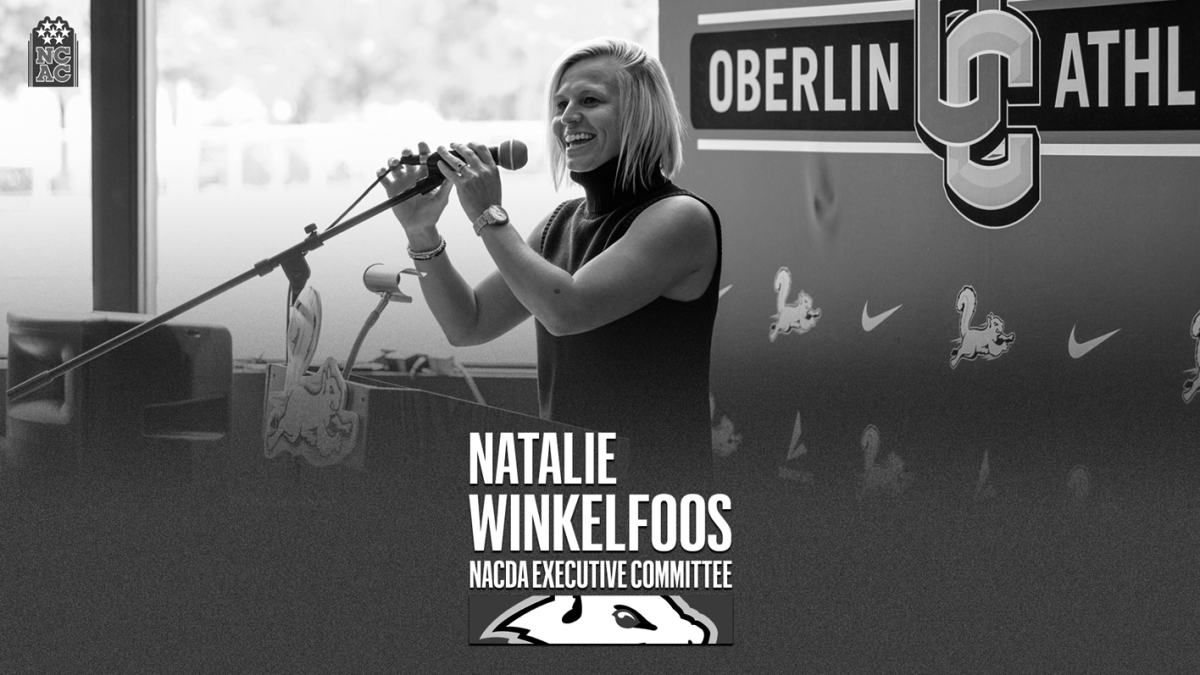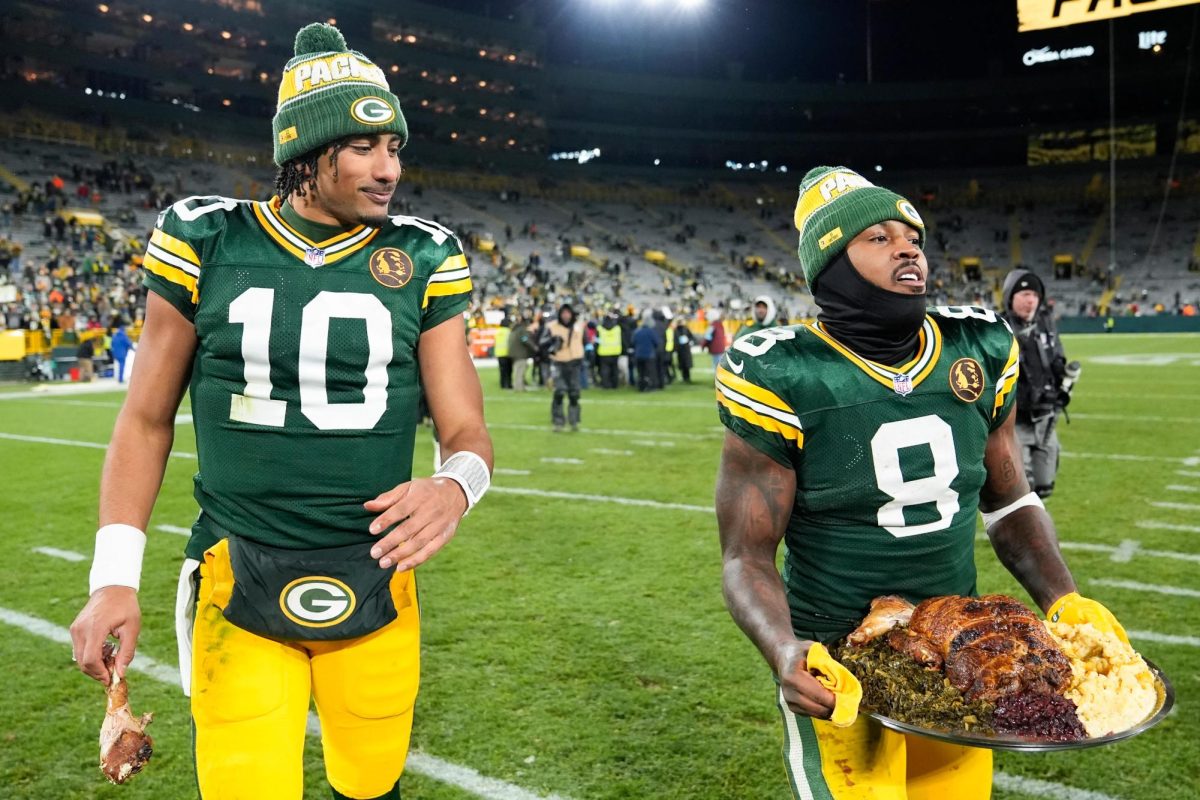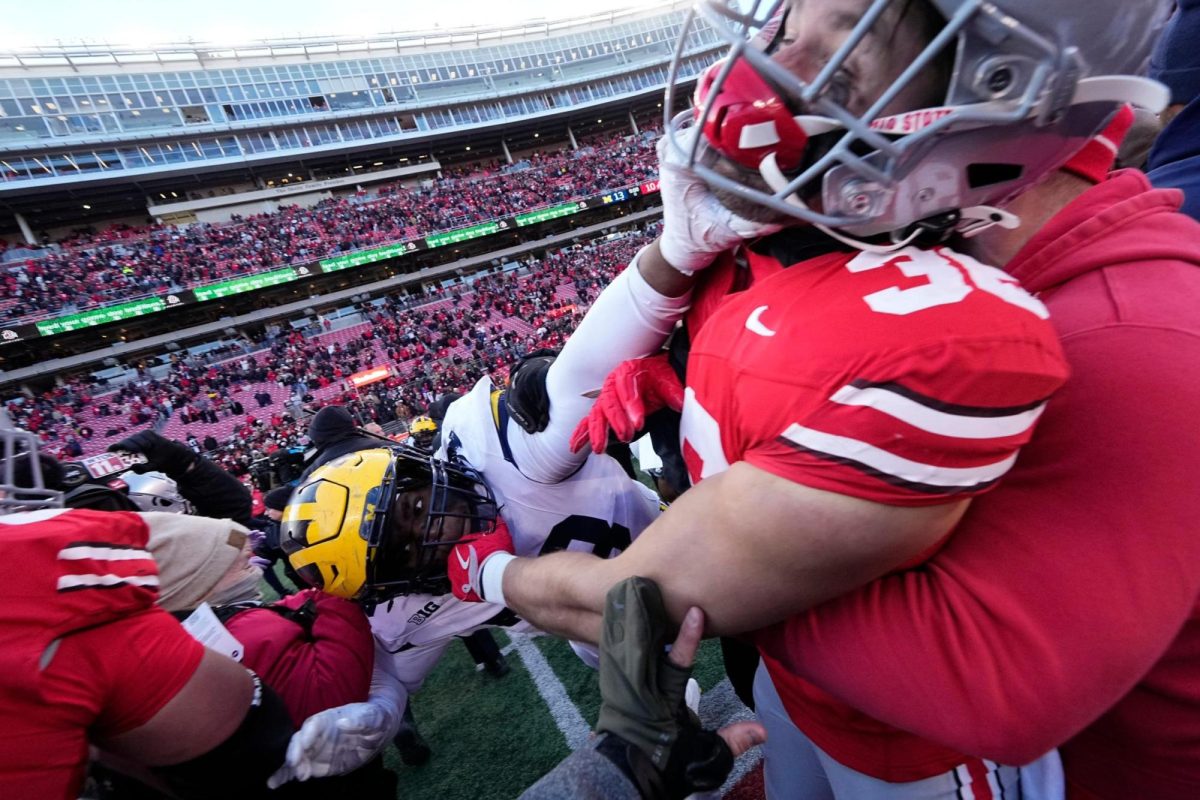Last Thursday night, I tuned in to the UC Berkeley vs. Stanford game in the Pac-12 tournament for women’s basketball. This was the last year of the conference’s existence and the teams inside were upset-prone to each other, making for exciting games. As a conference based on the West Coast, the Pac- 12’s streaming services are limited to anyone who lives outside of the area. Not willing to pay a subscription or deal with the hassle of Xfinity’s two-step verification, I decided to try something different and listened to Stanford’s student radio KZSU to hear live updates from the game. Listening to the student reporters covering live while doing my own work in producing the Review made me acutely aware of sports journalism’s fragility in the greater media landscape.
The demand for sports coverage is growing across the board. In women’s basketball specifically, viewership was at an all-time high for tournament games in Power 5 conferences, even slightly eclipsing some men’s games. But it’s also no secret that journalism is at risk nationwide, with sports journalism especially paying the price. On July 10, 2023, The New York Times announced that it would completely disband its sports department in favor of subscription-based sports website called The Athletic. Two days later, The Athletic announced a 4-percent cut, resulting in the loss of jobs for 20 journalists and reassignment for another 20. Yesterday, Sports Illustrated announced that it would be publishing its last print issue this May. In January, SI announced mass layoffs and terminated most of guild-represented staff. More locally, in August, The Columbus Dispatch received controversy because its parent company Gannett used an AI service to create generated articles to cover its high school games. It’s now more common for freelancers to jump around from different companies rather than a fully dedicated staff in a sports section or magazine.
With today’s technology providing rapid updates to sports coverage, traditional print journalism will now often be out of pace, and public radio may not have the compleementary visual component that viewers would want. For example, as a weekly publication, the Review is always going to fall behind on coverage from later games as compared to the live statistics that GoYeo is able to provide. I’m not saying that live commentary and sites such as X, formerly known as Twitter, aren’t necessary – I’ve praised its usage for its quick coverage of stories – but they are not replacements for newsrooms.
Take the Cal/Stanford game that I listened to. Afterward, I learned that KZSU covers eight varsity sports, with exclusive coverage on women’s volleyball, women’s basketball, and baseball. A student-run radio, all of its broadcasters are unpaid volunteers. The radio is a free, live way to listen as someone who wasn’t in the West Coast, with coverage from The Stanford Daily to accompany. It dawned on me on how much of a rarity that combination is nowadays. It’s because of local journalism that some of the athletic talent from the West Coast can be showcased to others who may not have the privilege of paying for different TV subscriptions.
The fall of sports journalism also highlights local journalism and the necessity for student journalism, such as with KZSU. A recent example can be seen in the coverage of former Northwestern Head Football Coach Pat Fitzgerald. On July 7 and July 8, The Northwestern Daily published two articles using former football alums explaining that Fitzgerald had overseen a hostile culture that enabled racism, sexual assault, and hazing. Two days later, they reported that the school had fired Fitzgerald, in a case that brought national attention to their swift coverage, even during the summer.
On the other hand, with coverage in smaller local papers, there is now more difficulty getting access to these materials, and the position of a full-time sports reporter for a local paper is now practically nonexistent. When I want to read about an athlete’s performance during high school for example, I often find that papers from the Connecticut Post to the Austin American-Statesman are now nearly inaccessible because of paywalls. It’s not just stories of Junior Varsity blowout games that are being lost because of these factors. There may not be a controversy as big as the one from Northwestern, but the opportunity to report on real issues in sports, personal stories of athletes, and the relationships that sports have with the community it represents are dwindling.
Just like news or arts, local and national sports journalism provides documentation and analysis on changes and continuities for the people that they represent, and a platform for social commentary. This is something that cannot be substituted by live Tweets or halftime commentary shows. When we have conversations about journalism’s future, sports journalism must be given equal consideration as well, because its loss will be indelible.











